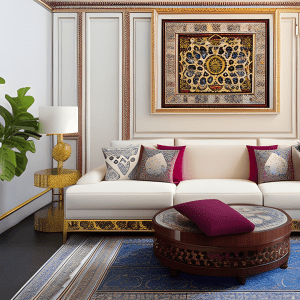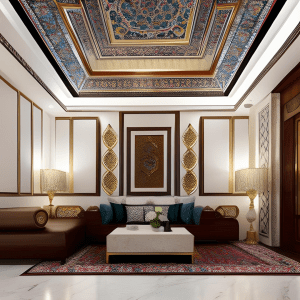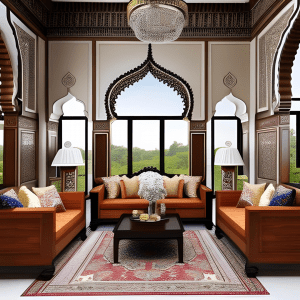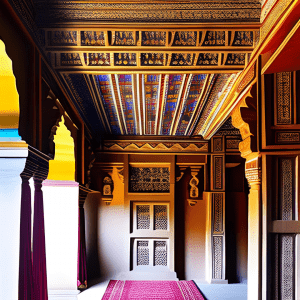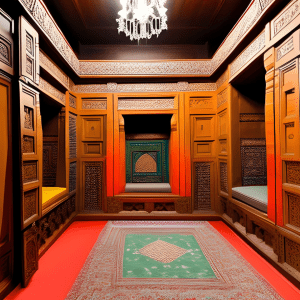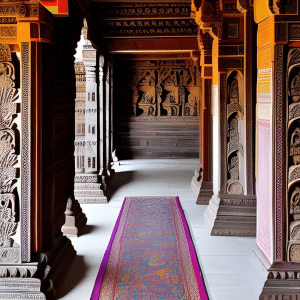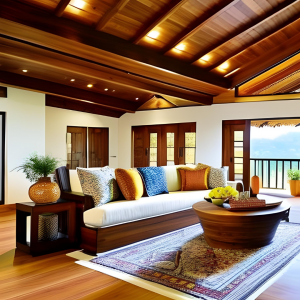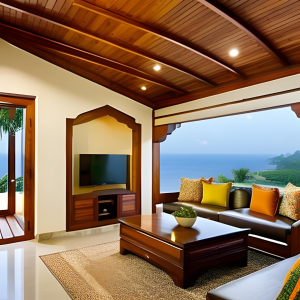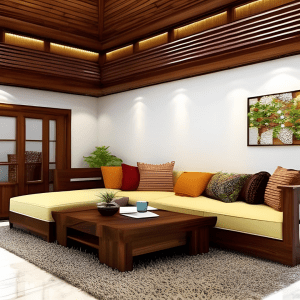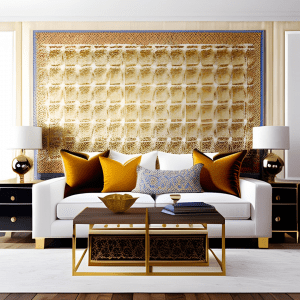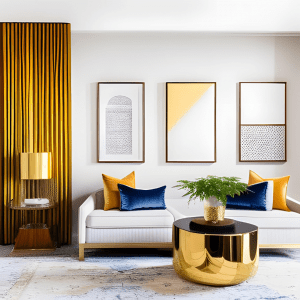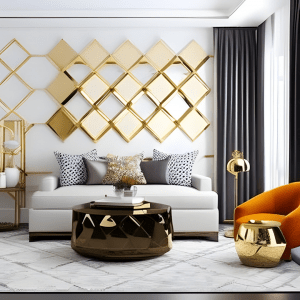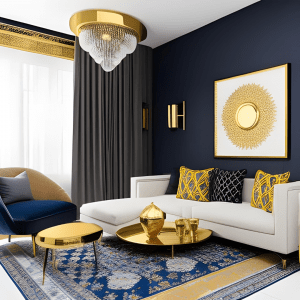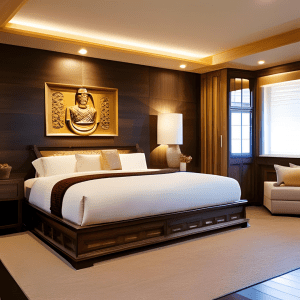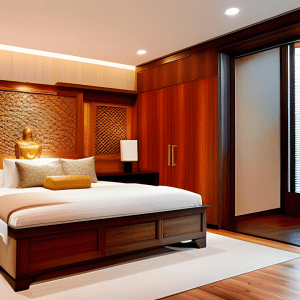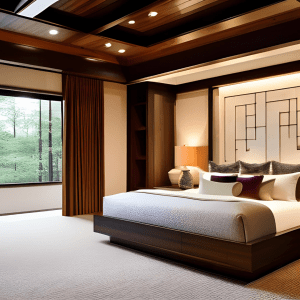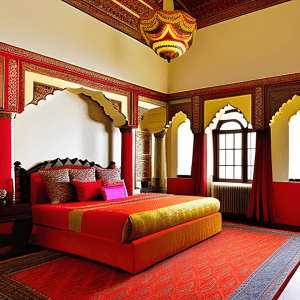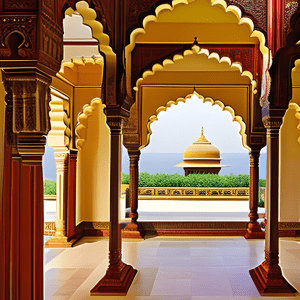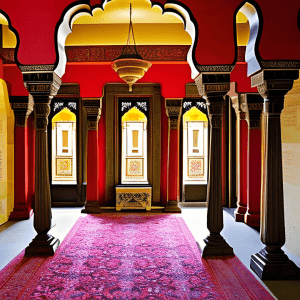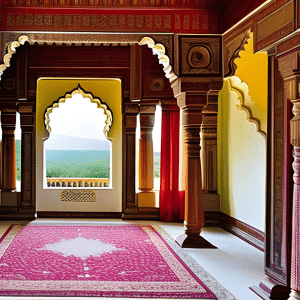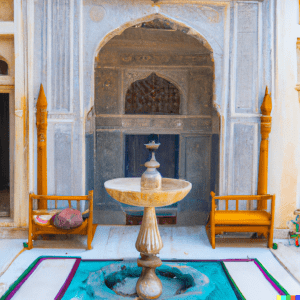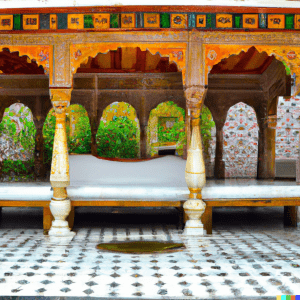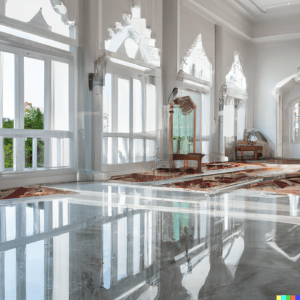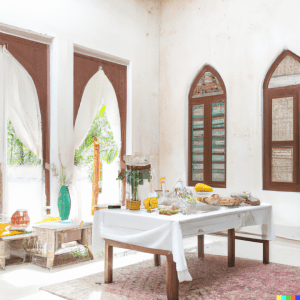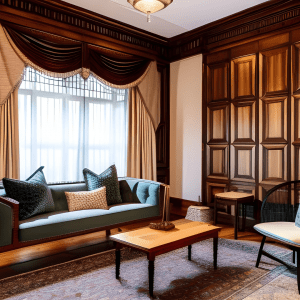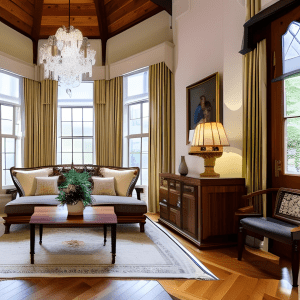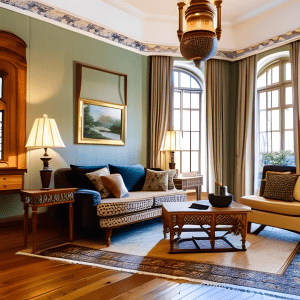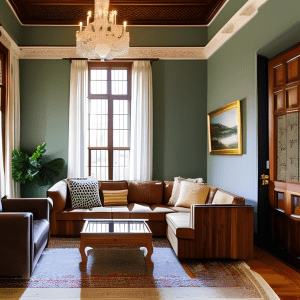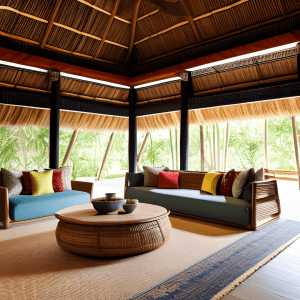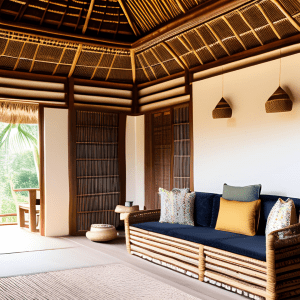Rajput architecture
Indian interior design has been influenced for ages by the magnificence and complex features of Rajput architecture. Interior design components like furniture, wall art, and décor have embraced the usage of marble, sandstone, and wood in architectural elements like arches, domes, and pillars. Rajput architecture uses vivid and daring colour combinations, and these hues can also be found in fabrics and furniture, giving any room a touch of opulence.
Mughal architecture
Indian interior design has been greatly influenced by the opulence and grandeur of Mughal architecture. Domes, floral motifs, and intricately carved woodwork are a few Mughal architectural features that have made their way into interior design. Table tops and other ornamental components, in particular, have been included with the use of marble inlay work similar to the famed Taj Mahal.
Dravidian architecture
Most frequently encountered in South India, Dravidian architecture is distinguished by its imposing gopurams (temple towers) and fine stone carvings. Elements of interior design like wall hangings and statuary use stone and have complex carvings. Dravidian architecture features vivid and striking colours, which are also present in textiles and furniture, giving any room a splash of colour
Kerala architecture
The use of wood in Kerala architecture is well-known, as is the ‘Mundu Mala,’ a distinctively sloped roof. By utilising wooden furniture and accessories, sloping ceilings, and wooden beams, these aspects have been incorporated into interior design. Moreover, fabrics and upholstery have made advantage of the organic hues and textures of wood.
Sikh architecture
Sikh architecture is renowned for its functionality and minimalism. Interior design components like wall art and decor have embraced the usage of marble and gold in gurudwaras (Sikh temples). The use of symmetry and geometric patterns, as seen in Sikh architecture, can also be found in fabrics and upholstery, giving any room a feeling of order and balance.
Buddhist architecture
Buddhist buildings frequently use stone and wood, have beautiful carvings, and are filled with symbolism, giving them a distinctive look. Buddhist architecture frequently uses natural materials like wood and stone in its interior design, which may also include carvings of the Buddha or other Buddhist symbols. The use of soft lighting and subdued hues can promote relaxation and meditation.
Indo-Islamic architecture
In India throughout the Middle Ages, a fusion of Islamic and Indian architectural styles came to be known as Indo-Islamic architecture. Inside Indo-Islamic-inspired buildings, ornate geometric designs, exquisite carvings, and the usage of marble and other beautiful stones are frequently seen. Moreover, ornamental elements like domes, arches, and minarets may be used.
Maratha architecture
The grandeur and splendour of Maratha architecture are highlighted by the attention to fine carvings and ornate details. Grand halls and courtyards, magnificent columns, and finely carved arches and domes are frequent features of Maratha-inspired interior design. Using vivid colours and opulent materials like silk and velvet are also options
Colonial architecture
European architectural styles, particularly British and Portuguese architecture, had a significant impact on colonial architecture in India. Colonial-style interiors frequently have expansive corridors and high ceilings, elaborate woodwork and mouldings, and a focus on organic materials like wood and stone. Muted colour schemes and classic European furniture items can also be used.
Assam-style architecture
The state of Assam in northeastern India is home to the distinctive architectural style known as Assam. Assam-style architecture is distinguished by the use of thatch and bamboo in construction, and natural materials like wood and bamboo are frequently used in the interior design of Assam-style interiors. To provide a hint of authentic Assamese character, handcrafted ceramics and intricately woven fabrics can also be used.
All images credit to AI





